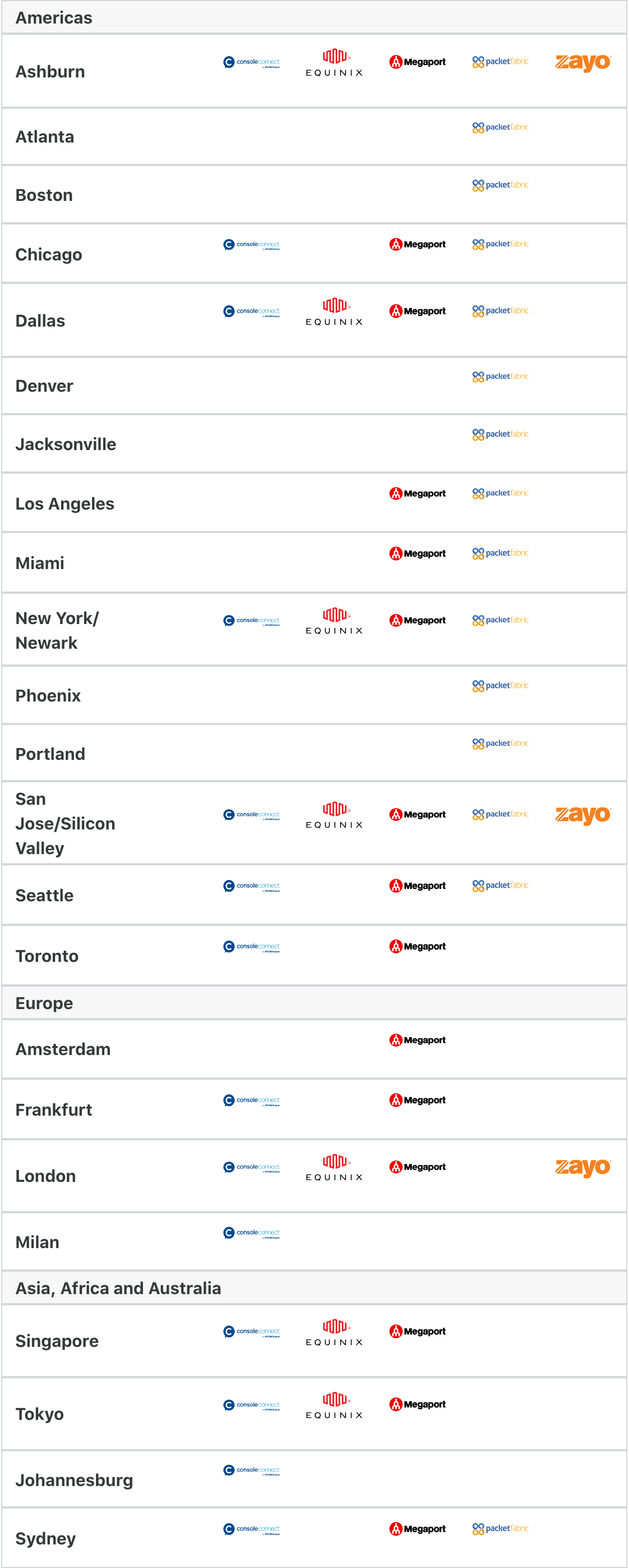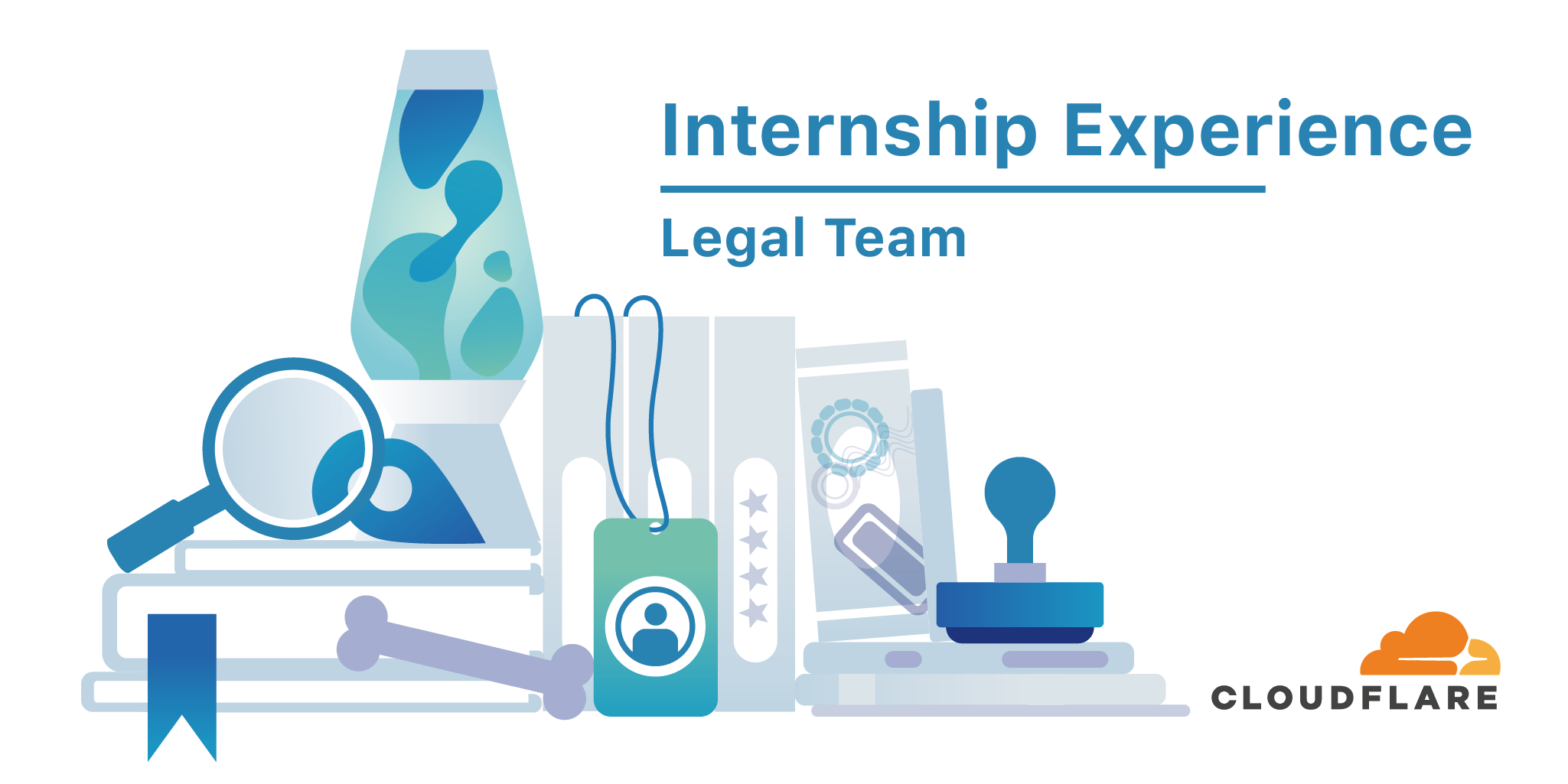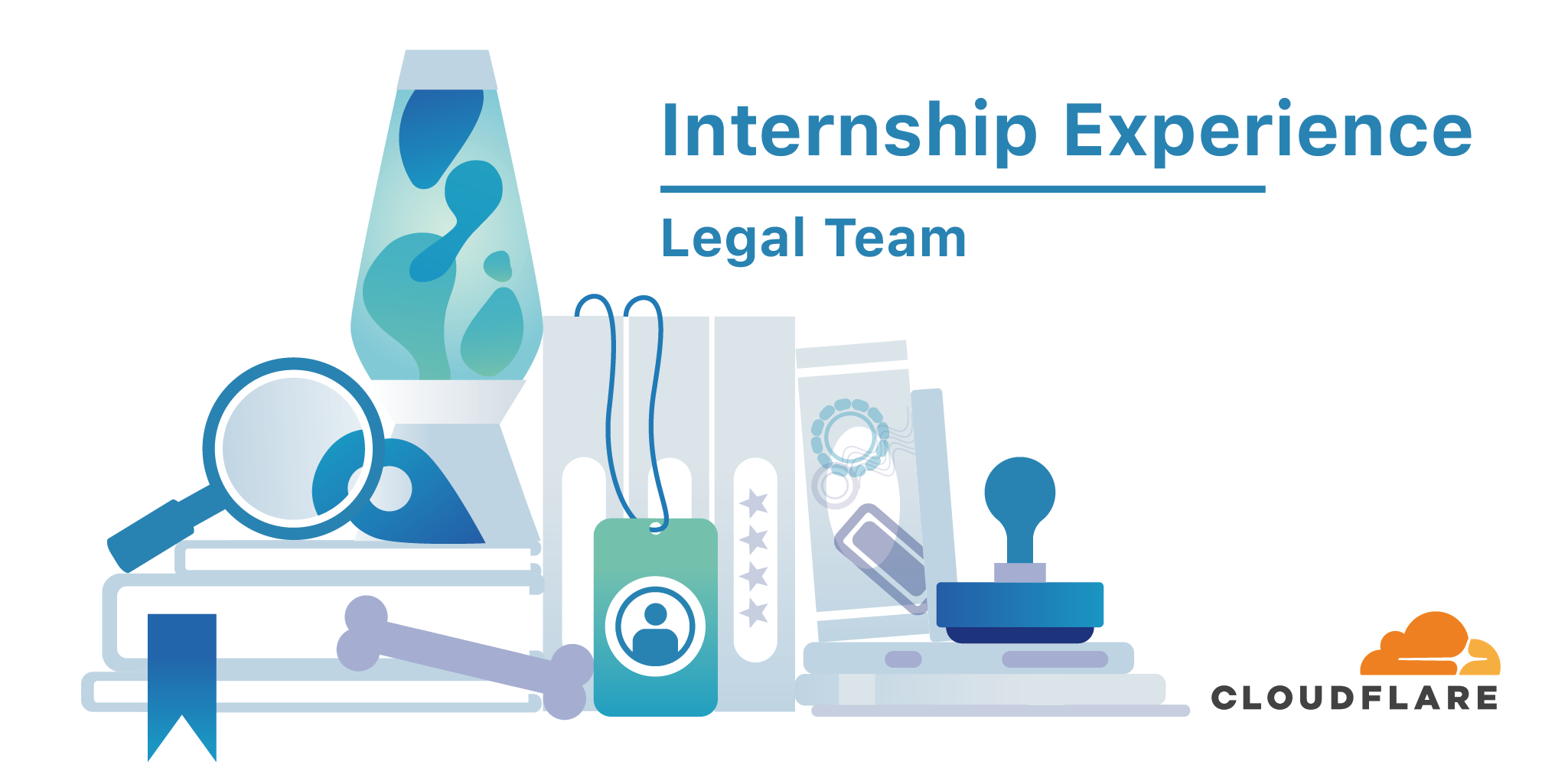Cloudflare Network Interconnection Partnerships Launch

Today we’re excited to announce Cloudflare’s Network Interconnection Partner Program, in support of our new CNI product. As ever more enterprises turn to Cloudflare to secure and accelerate their branch and core networks, the ability to connect privately and securely becomes increasingly important. Today's announcement significantly increases the interconnection options for our customers, allowing them to connect with us in the location of their choice using the method or vendors they prefer.
In addition to our physical locations, our customers can now interconnect with us at any of 23 metro areas across five continents using software-defined layer 2 networking technology. Following the recent release of CNI (which includes PNI support for Magic Transit), customers can now order layer 3 DDoS protection in any of the markets below, without requiring physical cross connects, providing private and secure links, with simpler setup.
Launch Partners
We’re very excited to announce that five of the world's premier interconnect platforms are available at launch. Console Connect by PCCW Global in 14 locations, Megaport in 14 locations, PacketFabric in 15 locations, Equinix ECX Fabric™ in 8 locations and Zayo Tranzact in 3 locations, spanning North America, Europe, Asia, Oceania and Africa.
What is an Interconnection Platform?
Like much of the networking world, there are many terms in the interconnection space for the same thing: Cloud Exchange, Virtual Cross Connect Platform and Interconnection Platform are all synonyms. They are platforms that allow two networks to interconnect privately at layer 2, without requiring additional physical cabling. Instead the customer can order a port and a virtual connection on a dashboard, and the interconnection ‘fabric’ will establish the connection. Since many large customers are already connected to these fabrics for their connections to traditional Cloud providers, it is a very convenient method to establish private connectivity with Cloudflare.
Why interconnect virtually?
Cloudflare has an extensive peering infrastructure and already has private links to thousands of other networks. Virtual private interconnection is particularly attractive to customers with strict security postures and demanding performance requirements, but without the added burden of ordering and managing additional physical cross connects and expanding their physical infrastructure.
Key Benefits of Interconnection Platforms
Secure
Similar to physical PNI, traffic does not pass across the Internet. Rather, it flows from the customer router, to the Interconnection Platform’s network and ultimately to Cloudflare. So while there is still some element of shared infrastructure, it’s not over the public Internet.
Efficient
Modern PNIs are typically a minimum of 1Gbps, but if you have the security motivation without the sustained 1Gbps data transfer rates, then you will have idle capacity. Virtual connections provide for “sub-rate” speeds, which means less than 1Gbps, such as 100Mbps, meaning you only pay for what you use. Most providers also allow some level of “burstiness”, which is to say you can exceed that 100Mbps limit for short periods.
Performance
By avoiding the public Internet, virtual links avoid Internet congestion.
Price
The major cloud providers typically have different pricing for egressing data to the Internet compared to an Interconnect Platform. By connecting to your cloud via an Interconnect Partner, you can benefit from those reduced egress fees between your cloud and the Interconnection Platform. This builds on our Bandwidth Alliance to give customers more options to continue to drive down their network costs.
Less Overhead
By virtualizing, you reduce physical cable management to just one connection into the Interconnection Platform. From there, everything defined and managed in software. For example, ordering a 100Mbps link to Cloudflare can be a few clicks in a Dashboard, as would be a 100Mbps link into Salesforce.
Data Center Independence
Is your infrastructure in the same metro, but in a different facility to Cloudflare? An Interconnection Platform can bring us together without the need for additional physical links.
Where can I connect?
- In any of our physical facilities
- In any of the 23 metro areas where we are currently connected to an Interconnection Platform (see below)
- If you’d like to connect virtually in a location not yet listed below, simply get in touch via our interconnection page and we’ll work out the best way to connect.
Metro Areas
The metro areas below have currently active connections. New providers and locations can be turned up on request.

What’s next?
Our customers have been asking for direct on-ramps to our global network for a long time and we’re excited to deliver that today with both physical and virtual connectivity of the world’s leading interconnection Platforms.
Already a Cloudflare customer and connected with one of our Interconnection partners? Then contact your account team today to get connected and benefit from improved reliability, security and privacy of Cloudflare Network Interconnect via our interconnection partners.
Are you an Interconnection Platform with customers demanding direct connectivity to Cloudflare? Head to our partner program page and click “Become a partner”. We’ll continue to add platforms and partners according to customer demand.
"Equinix and Cloudflare share the vision of software-defined, virtualized and API-driven network connections. The availability of Cloudflare on the Equinix Cloud Exchange Fabric demonstrates that shared vision and we’re excited to offer it to our joint customers today."
– Joseph Harding, Equinix, Vice President, Global Product & Platform MarketingSoftware Developer
"Cloudflare and Megaport are driven to offer greater flexibility to our customers. In addition to accessing Cloudflare’s platform on Megaport’s global internet exchange service, customers can now provision on-demand, secure connections through our Software Defined Network directly to Cloudflare Network Interconnect on-ramps globally. With over 700 enabled data centres in 23 countries, Megaport extends the reach of CNI onramps to the locations where enterprises house their critical IT infrastructure. Because Cloudflare is interconnected with our SDN, customers can point, click, and connect in real time. We’re delighted to grow our partnership with Cloudflare and bring CNI to our services ecosystem — allowing customers to build multi-service, securely-connected IT architectures in a matter of minutes."
– Matt Simpson, Megaport, VP of Cloud Services
“The ability to self-provision direct connections to Cloudflare’s network from Console Connect is a powerful tool for enterprises as they come to terms with new demands on their networks. We are really excited to bring together Cloudflare’s industry-leading solutions with PCCW Global’s high-performance network on the Console Connect platform, which will deliver much higher levels of network security and performance to businesses worldwide.”
– Michael Glynn, PCCW Global, VP of Digital Automated Innovation
"Our customers can now connect to Cloudflare via a private, secure, and dedicated connection via the PacketFabric Marketplace. PacketFabric is proud to be the launch partner for Cloudflare's Interconnection program. Our large U.S. footprint provides the reach and density that Cloudflare customers need."
– Dave Ward, PacketFabric CEO
Introducing Cloudflare Network Interconnect

Today we’re excited to announce Cloudflare Network Interconnect (CNI). CNI allows our customers to interconnect branch and HQ locations directly with Cloudflare wherever they are, bringing Cloudflare’s full suite of network functions to their physical network edge. Using CNI to interconnect provides security, reliability, and performance benefits vs. using the public Internet to connect to Cloudflare. And because of Cloudflare’s global network reach, connecting to our network is straightforward no matter where on the planet your infrastructure and employees are.
At its most basic level, an interconnect is a link between two networks. Today, we’re offering customers the following options to interconnect with Cloudflare’s network:
- Via a private network interconnect (PNI). A physical cable (or a virtual “pseudo-wire”; more on that later) that connects two networks.
- Over an Internet Exchange (IX). A common switch fabric where multiple Internet Service Providers (ISPs) and Internet networks can interconnect with each other.
To use a real world analogy: Cloudflare over the years has built a network of highways across the Internet to handle all our customers' traffic. We’re now providing dedicated on-ramps for our customers’ on-prem networks to get onto those highways.
Why interconnect with Cloudflare?
CNI provides more reliable, faster, and more Continue reading
RDMA over Converged Ethernet (RoCE) on Cisco Nexus 9300

On a previous post, I made an introduction about NVMe, NVMe-oF and RDMA for network engineers. In this post, I’m going to talk about RDMA over Converged Ethernet (RoCE) and more specifically how to implement and configure the QoS part of RoCEv2 on the Cisco Nexus 9300 series. What is RoCE? RDMA over Converged Ethernet (RoCE – pronounced “Rocky”) is a network protocol that allows Remote Direct Memory Access (RDMA) over an Ethernet network. It does this by an encapsulation of an InfiniBand transport packet over Ethernet. There are two…
The post RDMA over Converged Ethernet (RoCE) on Cisco Nexus 9300 appeared first on AboutNetworks.net.
NVMe, NVMe over Fabrics and RDMA for network engineers

In the past, the evolution of network-based storage was not really a problem for network engineers: the network was fast and the spinning hard drives were slow. Natural network upgrades to 10Gb, 40Gb, and 100Gb Ethernet were more than sufficient to meet the networking needs of storage systems. But now, with the introduction of ultra-fast solid-state disks (SSDs) and Non-Volatile Memory Express (NVMe), this is no longer true! Storage teams now have the ability to potentially saturate the network with incredibly fast devices. Network-based storage (SANs) using NVMe technology –…
The post NVMe, NVMe over Fabrics and RDMA for network engineers appeared first on AboutNetworks.net.
Mirai Botnet Exploit Weaponized to Attack IoT Devices via F5 Appliances

Smart use of available resources.
The post Mirai Botnet Exploit Weaponized to Attack IoT Devices via F5 Appliances appeared first on EtherealMind.
DevAsc – List Consisting of Dictonaries
I was going through Nick Russo’s course Getting Started with Software Development Using Cisco DevNet at Pluralsight and one thing he went through was interacting with the DNA Center API. Using a call to /intent/api/v1/network-device, DNA-C will return a JSON object consisting of an array of objects, or in Python speak, a list of dictionaries. This looks something like below, snipped for brevity:
{
"response": [
{
"memorySize": "3735220224",
"family": "Wireless Controller",
"type": "Cisco 3504 Wireless LAN Controller",
"macAddress": "50:61:bf:57:2f:00",
"softwareType": "Cisco Controller",
"softwareVersion": "8.8.111.0",
"deviceSupportLevel": "Supported",
"platformId": "AIR-CT3504-K9",
"reachabilityFailureReason": "",
"series": "Cisco 3500 Series Wireless LAN Controller",
"serialNumber": "FCW2218M0B1",
"inventoryStatusDetail": "<status><general code=\"SUCCESS\"/></status>",
"hostname": "3504_WLC",
"lastUpdateTime": 1596457941780,
"errorDescription": null,
"interfaceCount": "0",
"lastUpdated": "2020-08-03 12:32:21",
"lineCardCount": "0",
"lineCardId": "",
"locationName": null,
"managementIpAddress": "10.10.20.51",
"reachabilityStatus": "Reachable",
"snmpContact": "",
"snmpLocation": "",
"tagCount": "0",
"tunnelUdpPort": "16666",
"waasDeviceMode": null,
"apManagerInterfaceIp": "",
"associatedWlcIp": "",
"bootDateTime": "2020-03-12 16:08:21",
"collectionStatus": "Managed",
"errorCode": null,
"roleSource": "AUTO",
"upTime": "143 days, 20:24:58.00",
"location": null,
"role": "ACCESS",
"collectionInterval": "Global Default",
"instanceTenantId": "5e5a432575161200cc4ac95c",
"instanceUuid": "72dc1f0a-e4da-4ec3-a055-822416894dd5",
"id": "72dc1f0a-e4da-4ec3-a055-822416894dd5"
},
{
"memorySize": "NA",
"family": "Switches and Hubs",
"type": "Cisco Catalyst 9300 Switch",
"macAddress": "00:72:78:54:d1:00",
"softwareType": "IOS-XE",
"softwareVersion": "16.6.4a",
"deviceSupportLevel": "Supported",
"platformId": "C9300-48U",
"reachabilityFailureReason": "",
Continue reading
What Is Generic Programming?
This year, my journey to learn Rust (and actively use it in a few side projects) has been a treasure trove of learning experiences. Lately, I’ve been finding myself trying to wrap my head around not just new syntax, but entirely new software programming paradigms that I simply haven’t been exposed to before. In my career thus far, I’ve mainly used two languages professionally: Python, and Go. It turns out this forms a pretty interesting story arc, since these two languages paint a wide spectrum of approaches to enabling the developer to be expressive and productive while managing the runtime tradeoffs of doing so.Tech Bytes: Fortinet’s SASE Is More Than Just The Cloud (Sponsored)
Secure Access Service Edge (SASE) is an emerging market category. On today's Tech Bytes episode, we examine SASE with sponsor Fortinet, including how Fortinet's flexible consumption model differentiates its SASE offering. Our guest is John Maddison, Executive VP of Products at Fortinet.
The post Tech Bytes: Fortinet’s SASE Is More Than Just The Cloud (Sponsored) appeared first on Packet Pushers.
Tech Bytes: Fortinet’s SASE Is More Than Just The Cloud (Sponsored)
Secure Access Service Edge (SASE) is an emerging market category. On today's Tech Bytes episode, we examine SASE with sponsor Fortinet, including how Fortinet's flexible consumption model differentiates its SASE offering. Our guest is John Maddison, Executive VP of Products at Fortinet.My living room intern experience at Cloudflare


This was an internship unlike any other. With a backdrop of a pandemic, protests, and a puppy that interrupted just about every Zoom meeting, it was also an internship that demonstrated Cloudflare’s leadership in giving students meaningful opportunities to explore their interests and contribute to the company’s mission: to help build a better Internet.
For the past twelve weeks, I’ve had the pleasure of working as a Legal Intern at Cloudflare. A few key things set this internship apart from even those in which I’ve been able to connect with people in-person:
- Communication
- Community
- Commingling
- Collaboration
Ever since I formally accepted my internship, the Cloudflare team has been in frequent and thorough communication about what to expect and how to make the most of my experience. This approach to communication was in stark contrast to the approach taken by several other companies and law firms. The moment COVID-19 hit, Cloudflare not only reassured me that I’d still have a job, the company also doubled down on bringing on more interns. Comparatively, a bunch of my fellow law school students were left in limbo: unsure of if they had a job, the extent to which they’d be able to do it Continue reading
The 4D Network
I think we can all agree networks have become too complex—and this complexity is a result of the network often becoming the “final dumping ground” of every problem that seems like it might impact more than one system, or everything no-one else can figure out how to solve. It’s rather humorous, in fact, to see a lot of server and application folks sitting around saying “this networking stuff is so complex—let’s design something better and simpler in our bespoke overlay…” and then falling into the same complexity traps as they start facing the real problems of policy and scale.
This complexity cannot be “automated away.” It can be smeared over with intent, but we’re going to find—soon enough—that smearing intent on top of complexity just makes for a dirty kitchen and a sub-standard meal.
While this is always “top of mind” in my world, what brings it to mind this particular week is a paper by Jen Rexford et al. (I know Jen isn’t on the lead position in the author list, but still…) called A Clean Slate 4D Approach to Network Control and Management. Of course, I can appreciate the paper in part because I agree with a Continue reading
2020 Forrester Wave – Get Your Copy
Pluribus Networks has been named a Strong Performer in The Forrester Wave™: Open, Programmable Switches for Businesswide SDN, Q3, 2020.Network Break 295: Arista CloudEOS Edge Joins Multi-Cloud Portfolio; Juniper Announces AI-Powered WAN Assurance
Today's Network Break podcast explores a new multi-cloud offering from Arista, Juniper's WAN Assurance service that leverages Mist AI, and Marvell's Ethernet ASIC line. We also discuss financial results from Juniper, A10 Networks, and F5, plus a space networking update and more.Network Break 295: Arista CloudEOS Edge Joins Multi-Cloud Portfolio; Juniper Announces AI-Powered WAN Assurance
Today's Network Break podcast explores a new multi-cloud offering from Arista, Juniper's WAN Assurance service that leverages Mist AI, and Marvell's Ethernet ASIC line. We also discuss financial results from Juniper, A10 Networks, and F5, plus a space networking update and more.
The post Network Break 295: Arista CloudEOS Edge Joins Multi-Cloud Portfolio; Juniper Announces AI-Powered WAN Assurance appeared first on Packet Pushers.
I Say The Largest Microservices Platform In the World Is The Internet

Hear me out
The post I Say The Largest Microservices Platform In the World Is The Internet appeared first on EtherealMind.
The Week in Internet News: U.S. Lawmakers Skewer Big Tech Firms

Attacking the big guys: During an antitrust hearing, U.S. lawmakers – both Democrats and Republicans – heaped criticism on Amazon, Apple, Facebook, and Google about their market power, the Washington Post reports. “Our founders would not bow before a king. Nor should we bow before the emperors of the online economy,” said Representative David Cicilline, a Rhode Island Democrat. Republicans complained about alleged anti-conservative bias in online services, while many Democrats talked about how the companies’ market power was being used against competitors, NPR says.
Encryption laws vs. the economy: Laws in Australia creating law enforcement access to encrypted communications are hurting the tech sector in the country, tech giant Atlassian told lawmakers there, the Guardian reports. The anti-encryption laws have discouraged talent from working in Australia and may limit economic growth during the post-COVID-19 recovery, the company said.
Paying for news: Also in Australia, the government there has released the world’s first draft law to force Google and Facebook to pay traditional news media to publish their material, Al Jazeera reports. Under the plan, the tech companies would have to negotiate with Australian media companies to use their content.
Jailed for TikToking: An Egyptian court has ordered two-year Continue reading
MUST READ: SR(x)6 – Snake Oil Or Salvation?
I wanted to write a “SRv6 makes no little sense” blog post for a long while, but there were always more relevant topics to focus on. Fortunately I won’t have to write it anytime soon; Ethan Banks did a fantastic job with SR(x)6 - Snake Oil Or Salvation?. Make sure you read it before attending the next “SRx6 will save the world” vendor presentation.
Measuring USB with bpftrace
File usb-bw.b:
#include <linux/usb.h>
interval:s:1 {
printf("--------------------------\n");
print(@total);
print(@sum);
clear(@sum);
clear(@total);
}
kprobe:__usb_hcd_giveback_urb {
$urb = (struct urb*)arg0;
$dev = $urb->dev;
@total = stats((uint64)$urb->actual_length);
@sum[$dev->descriptor.idVendor,
$dev->descriptor.idProduct,
str($dev->product),
str($dev->manufacturer)] = stats((uint64)$urb->actual_length);
}
Example run with a USB stick idling (appears to be probed once every two seconds), and starting and stopping some GNURadio sniffing with an USRP B200 at 10Msps:
$ sudo bpftrace usb-bw.b
Attaching 2 probes...
--------------------------
@total: count 317, average 20, total 6641
@sum[9472, 32, USRP B200, Ettus Research LLC]: count 315, average 20, total 6597
@sum[4871, 357, USB Mass Storage Devie, USBest Technology]: count 2, average 22, total 44
--------------------------
@total: count 6807, average 20, total 136552
@sum[9472, 32, USRP B200, Ettus Research LLC]: count 6807, average 20, total 136552
--------------------------
@total: count 8507, average 20, total 170852
@sum[9472, 32, USRP B200, Ettus Research LLC]: count 8505, average 20, total 170808
@sum[4871, 357, USB Mass Storage Devie, USBest Technology]: count 2, average 22, total 44
--------------------------
@total: count 979, average 20, total 20288
@sum[9472, 32, USRP B200, Ettus Research LLC]: count 979, average 20, total 20288
--------------------------
@total: count 2141, average 7319, total 15670428
@sum[4871, 357, USB Mass Storage Devie, USBest Technology]: Continue reading